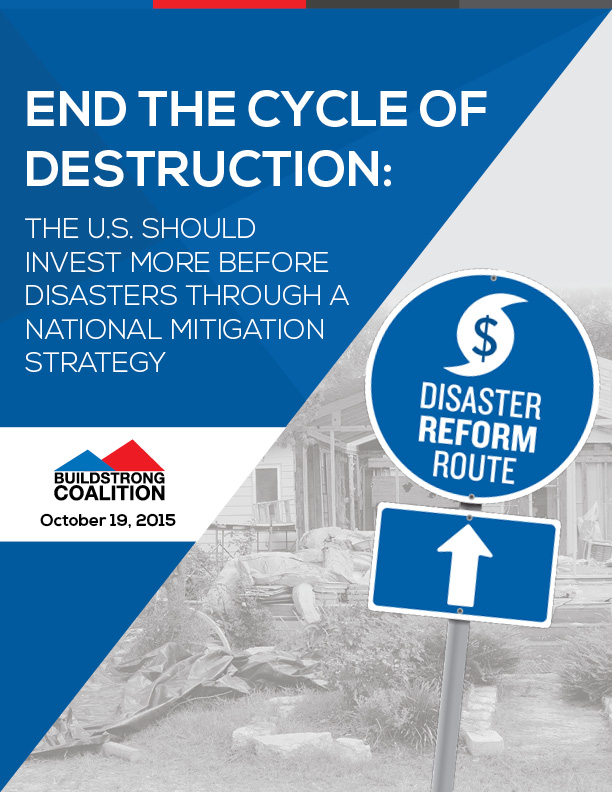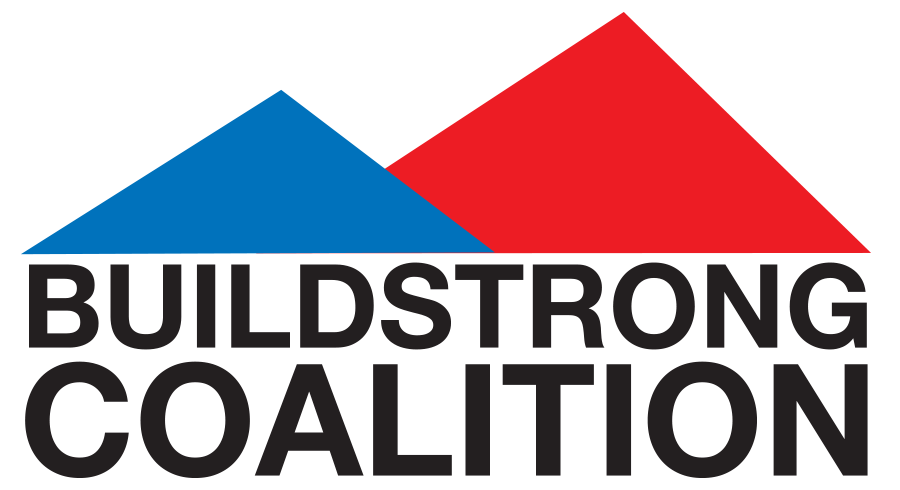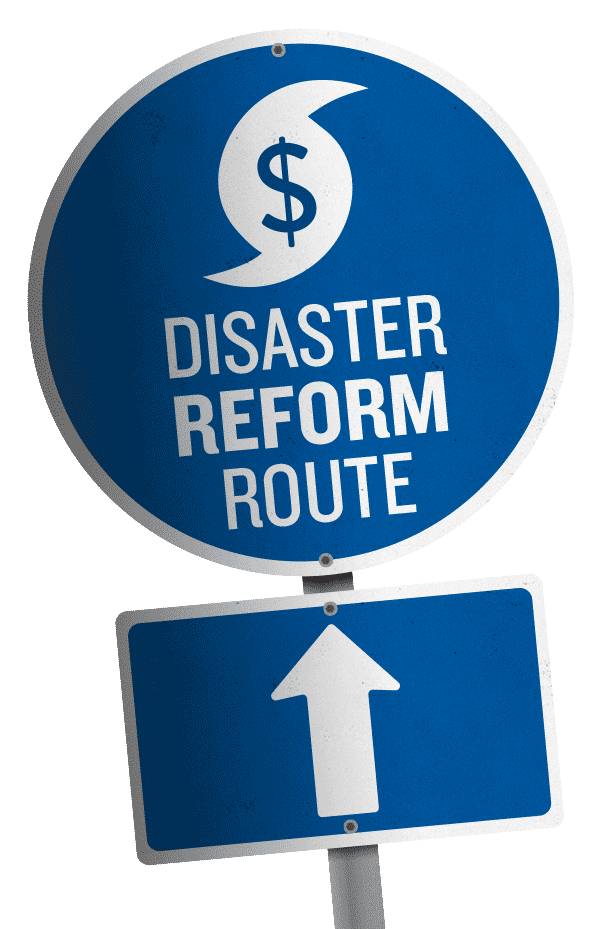








BuildStrong Coalition National Mitigation Investment Strategy
Resilient Construction FEMA PDM Grants Read More
The Safe Building Code Incentive Act Read More
FEMA Pre-Disaster Mitigation Budget Increase Read More
The Disaster Savings and Resilient Construction Act Read More
FEMA Disaster Assistance Reform and Reauthorization Act Read More
These policy reforms stem from concerns raised by congressional leaders, the Government Accountability Office (GAO), and outside policy experts who agree that the current disaster policy is inadequate. Specifically, consensus exists on five points regarding federal disaster policy:
Federal disaster assistance as a percentage of the total loses is increasing.
Now 80% paid by taxpayers! In 1990 taxpayers paid only 25%.
The federal government continues to have massive fiscal exposure in high risk areas.
$10.6 trillion worth of property is located on the hurricane-prone Gulf and Atlantic coasts of the US.
The U.S. needs a comprehensive national mitigation investment strategy.
Over the past 5 years, FEMA has only spent $222 million on prevention while it spent $3.2 billion post-disaster.
The best way to facilitate resilient construction is through building codes and state, local and private incentives.
The Louisiana State University (LSU) Hurricane Center estimated that stronger building codes would have reduced wind damage from Hurricane Katrina by 80 percent, saving $8 billion.
Resilient construction saves lives. Just ask any first responder.
The Congressional Fire Services Institute, Firemen’s Association of the State of New York, International Association of Fire Chiefs, National Association of State Fire Marshals, and National Fire Protection Association all stand behind the BuildStrong Coalition’s dedication to enacting stronger building codes.


In response to these concerns, the BuildStrong Coalition issued a report on October 19, 2015, which:
- Outlines the number of federal declarations of disasters and the cost of those declarations
- Examines the findings of the new GAO and RATB Reports in the context of historical trends in disaster losses
- Analyzes natural disaster spending reform proposals made by Congress and input from key stakeholders
- Recommends a set of proposals that constitute a National Mitigation Investment Strategy, which includes:
- New state and local FEMA Pre-Disaster Mitigation (PDM) grants to enact and enforce quality building codes
- The Safe Building Code Incentive Act
- FEMA Pre-Disaster Mitigation Budget Increase
- The Disaster Savings and Resilient Construction Act
- FEMA Disaster Assistance Reform and Reauthorization Act
- Analyzes the merits of reducing the federal government cost share for states that do not enact and enforce a statewide building code
These policy changes outlined in the BuildStrong Coalition National Mitigation Investment Strategy will address the primary concern that congressional leaders, the GAO, and policy experts have identified: Our current policies on natural disaster spending do not devote enough federal resources to avoid catastrophic loss of life or infrastructure before a natural disaster strikes.
Visit the BuildStrong Coalition site for more information
Learn More©Copyright 2015 Build Strong America. All rights reserved.


